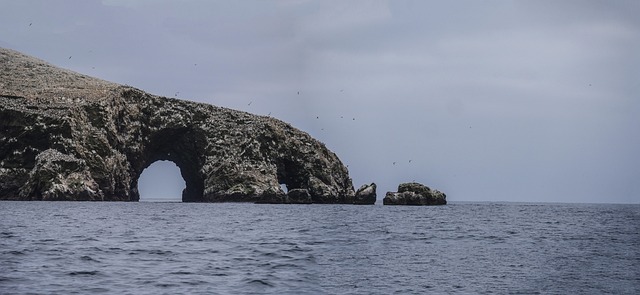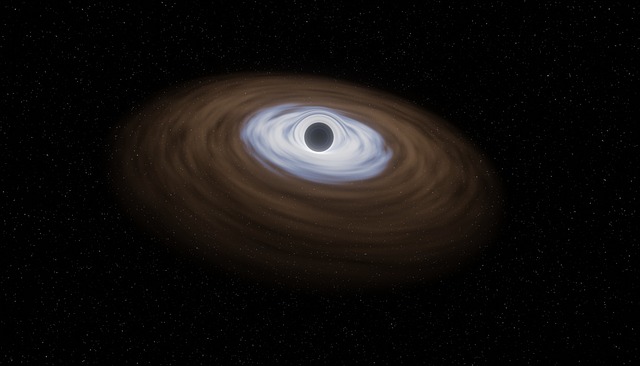Hey there! Ever thought about how something as seemingly insignificant as bird poop could impact the entire planet? Well, get ready to be surprised, because we’re diving into the fascinating world of the Penguin guano climate impact! It turns out, those adorable penguins in Antarctica are unsung heroes in the fight against climate change. Their waste, or guano, plays a surprisingly crucial role in regulating the Antarctic climate, and consequently, the global climate as well.
Table of Contents
So, how does it work? Well, the Penguin guano climate impact is all about a complex chain reaction. The guano, rich in ammonia, releases this compound into the atmosphere. This ammonia then interacts with other atmospheric components, triggering the formation of clouds. These clouds, in turn, reflect sunlight back into space, thus cooling the planet. Moreover, the study highlights the delicate balance within the Antarctic ecosystem, where the presence of penguins and their guano directly influences the formation of clouds and, consequently, the global climate.
We also Published
The Antarctic’s Unsung Heroes: How Penguin Guano Shapes the Climate
In the frigid expanse of Antarctica, where the relentless sun struggles to pierce the icy veil, a surprising player has emerged in the intricate dance of climate regulation: the humble penguin. Recent scientific investigations have unveiled the pivotal role of penguin guano, or excrement, in the formation of low-lying clouds, which in turn, reflect solar radiation back into space, thus exerting a cooling influence on the planet. This revelation underscores the profound interconnectedness of Earth’s ecosystems and the often-unforeseen ways in which even the smallest creatures can significantly impact the global climate. The study highlights how the seemingly mundane biological processes, such as the excretion of waste, can have far-reaching consequences, reminding us of the delicate balance that governs our world and the importance of understanding these complex interactions.
The mechanism at play is fascinatingly complex. Penguin guano, rich in ammonia, releases this compound into the atmosphere. These ammonia particles then act as a catalyst, interacting with sulfur-based aerosols, primarily derived from ocean algae. This interaction triggers a cascade of chemical reactions, leading to the formation of numerous tiny particles. These particles then serve as condensation nuclei, providing a surface upon which water vapor can coalesce, ultimately forming the low-lying marine clouds that are so characteristic of the Antarctic region. These clouds, in turn, act as a reflective shield, bouncing sunlight back into space and mitigating the effects of solar radiation. This intricate interplay underscores the delicate balance within the Antarctic ecosystem, where the presence of penguins and their guano directly influences the formation of clouds and, consequently, the global climate.
Unveiling the Chemical Symphony: Guano, Aerosols, and Cloud Formation
The scientific community is continually expanding its understanding of the intricate chemical processes that govern cloud formation, particularly in the unique environment of Antarctica. The recent research into the role of penguin guano has shed light on a previously underappreciated aspect of this process. The ammonia released from the guano does not directly form the particles that seed cloud formation; instead, it acts as a facilitator, accelerating the process by interacting with other atmospheric components. This interaction is crucial in Antarctica, where the availability of other particle sources is limited. The ammonia interacts with sulfur-based aerosols, primarily originating from the ocean, leading to the creation of new particles that serve as condensation nuclei for water vapor. This intricate chemical dance highlights the importance of understanding the composition of the atmosphere and the role of various compounds in driving climate processes.
The impact of penguin guano on cloud formation is particularly significant in the Antarctic context. The Southern Ocean, surrounding Antarctica, is frequently covered by low marine clouds, which play a critical role in the region’s climate. These clouds reflect sunlight, helping to keep the area cool. The presence of ammonia from penguin guano enhances the formation and persistence of these clouds, thus amplifying their cooling effect. The study’s findings emphasize the importance of understanding the complex interplay between biological processes, atmospheric chemistry, and cloud formation in regulating the global climate. Furthermore, it highlights the need for further research to fully quantify the net cooling effect of penguin guano, providing valuable insights into the intricate workings of the Antarctic ecosystem and its global climate implications. The lingering effect of guano, even after the penguins have departed, underscores the long-term influence of these creatures on the Antarctic environment.
Penguins in Peril: Climate Change and the Future of Antarctic Ecosystems
The Antarctic, a region of unparalleled beauty and scientific significance, is facing unprecedented challenges due to the escalating impacts of climate change. The warming of the atmosphere and oceans, driven by human activities, poses a significant threat to the delicate balance of the Antarctic ecosystem, including the very penguins whose guano is now recognized as a critical climate regulator. The rapid pace of human-caused warming is unlike anything seen in paleoclimate records, exacerbating the threats to penguin habitats and food supplies. Changes in ice conditions, sea ice extent, and the availability of prey species are all impacting penguin populations. The future of these iconic creatures is inextricably linked to the health of the Antarctic environment and the actions taken to mitigate climate change.
Despite the challenges, there is reason for cautious optimism. Some penguin species, such as the Adélie penguin, may find new areas for breeding as climate change alters the landscape. Moreover, the adaptability of emperor penguins, the largest species, offers a glimmer of hope. Their history of surviving different climate cycles suggests a resilience that could help them navigate the changing conditions. However, the long-term survival of penguins depends on addressing the root causes of climate change. Reducing greenhouse gas emissions, protecting marine habitats, and implementing sustainable practices are crucial steps in ensuring the future of these remarkable creatures and the preservation of the Antarctic ecosystem. The intricate relationship between penguins, their guano, and the climate serves as a powerful reminder of the interconnectedness of all life on Earth and the urgency of addressing the climate crisis.
A Call to Action: Protecting Antarctica and the Climate Benefits of Penguin Guano
The discovery of the climate-regulating role of penguin guano underscores the need for a comprehensive approach to environmental conservation. Protecting the Antarctic ecosystem is not only essential for preserving the unique biodiversity of the region but also for safeguarding the global climate. The findings emphasize the importance of considering the interconnectedness of various ecosystem components, including seemingly insignificant elements like penguin excrement. The focus should be on the conservation of penguin colonies and their habitats, as well as on mitigating the impacts of climate change. This involves reducing greenhouse gas emissions, protecting marine ecosystems, and promoting sustainable practices to ensure the long-term health of the Antarctic environment and the vital role penguins play in climate regulation.
The research on penguin guano serves as a powerful reminder of the importance of scientific investigation and the need for continuous monitoring of environmental changes. Further research is needed to fully understand the complex interactions within the Antarctic ecosystem and to quantify the net cooling effect of penguin guano. This knowledge will be crucial for developing effective conservation strategies and for informing climate models. In addition, international cooperation and collaboration are essential for addressing the challenges posed by climate change and for protecting the Antarctic. The preservation of the Antarctic and its penguins is not just a regional concern; it is a global imperative that requires concerted action from individuals, governments, and organizations worldwide. The story of penguin guano is a testament to the resilience of nature and a call to action to protect our planet.
We also Published
RESOURCES
- How penguin poop can help to mitigate climate change – ABC News
- Penguin poop gives Antarctic cloud formation a boost
- Penguin guano is an important source of climate-relevant aerosol …
- Penguin Poop May Help Preserve Antarctic Climate – Inside Climate …
- Penguin poop may alter the atmosphere and fight climate change
- Penguin guano may help reduce effects of climate change in …
- A surprising source of clouds in Antarctica: Penguin poop – The …
- Penguin poop could be our newest secret weapon against climate …
- The weird way that penguin poop might be cooling Antarctica | Grist
- Penguin poop spurs cloud formation in Antarctica







0 Comments